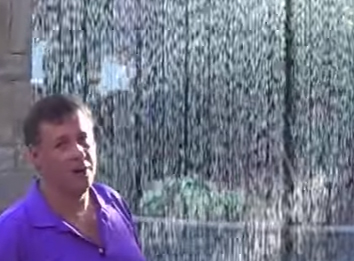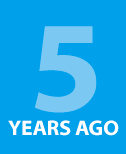ARTICLES
Advance Search
Aquatic Health
Aquatic Health, Fitness & Safety
Around the Internet
Aquatic Culture
Aquatic Technology
Artful Endeavors
Celebrity Corner
Life Aquatic
Must-See Watershapes
People with Cameras
Watershapes in the Headlines
Art/Architectural History
Book & Media Reviews
Commentaries, Interviews & Profiles
Concrete Science
Environment
Fountains
Geotechnical
Join the Dialogue
Landscape, Plants, Hardscape & Decks
Lighter Side
Ripples
Test Your Knowledge
The Aquatic Quiz
Other Waterfeatures (from birdbaths to lakes)
Outdoor Living, Fire Features, Amenities & Lighting
Plants
Ponds, Streams & Waterfalls
Pools & Spas
Professional Watershaping
Structures (Editor's Notes)
Travelogues & History
Water Chemistry
WaterShapes TV
WaterShapes World Blog
Web Links
Around the Internet
Aquatic Culture
Aquatic Technology
Artful Endeavors
Celebrity Corner
Life Aquatic
Must-See Watershapes
People with Cameras
Watershapes in the Headlines
With some watershaping projects, homeowners enter the process with a very specific vision in mind. This can, of course, be problematic if their thinking doesn't align with the character of the site or the extent of the available budget. With this project, however, the clients' deep-seated desires were never an issue. In fact, the space the clients envisioned had a source of inspiration so sublime - and the property was so well suited to the desired look - that there was no reason even to question how things would turn out. The clients live in a large home in San Marino, Calif., just a couple blocks away from
This is one of those cases where, from a design perspective, I said just about everything I wanted to say about rain-curtain effects in the video linked below. They look great, they sound even better and my clients love them. So what else is there to consider? Well,
Through the past couple years, I've followed with great and growing interest a collection of news items about international efforts to bring safe, spacious swimming facilities to urban waterways. If memory serves, the first stories I noticed were about the Flussbad ("river pool"), a proposal to transform a section of a canal into a
I recently spent several weeks in Kirkland, Wash., doing what I could to help my daughter and her family prepare for the arrival of our grandson-to-be. One of our outings on a sunny Sunday was to a playground in nearby Bellevue, a place where the cityscape is
'What if you were so bad at your job that a person in a related field decided, for the good of his own business, he had to learn your business and replace you rather than cope with your incompetence?' That's how Brian Van Bower eased his way into his Aqua Culture column in the May/June 2011 issue of WaterShapes. 'Most people,' he continued, 'would say that this would be a justified response to the fact that you
In a well-balanced pond, the oxygen content of the water is seldom an issue. But if things move off course, notes Mike Gannon, it's essential to find the cause -- and then apply one of three possible remedies tailored to the urgency of the need and the extent of the budget.
As I noted a couple weeks back, my to-do list of household projects has long included installation of a small fountain. In the place I had always intended to put it, I figured that the watershape would be visible from the redwood deck where we do most of our warm-weather entertaining; from the stone deck where we
It was a great project: The client called us in to look at a sloping backyard for which his one and only wish was an environment that would be "organic and pre-existing" - that is, a composition that looked as though it had been there forever, long before the adjacent home entered the picture. That sort of look is our stock in trade at Outdoor Republic, a Pleasanton, Calif.-based firm that specializes in the use of artificial rock. As is often the case, we became involved after the homeowner had





















Hearing Voices